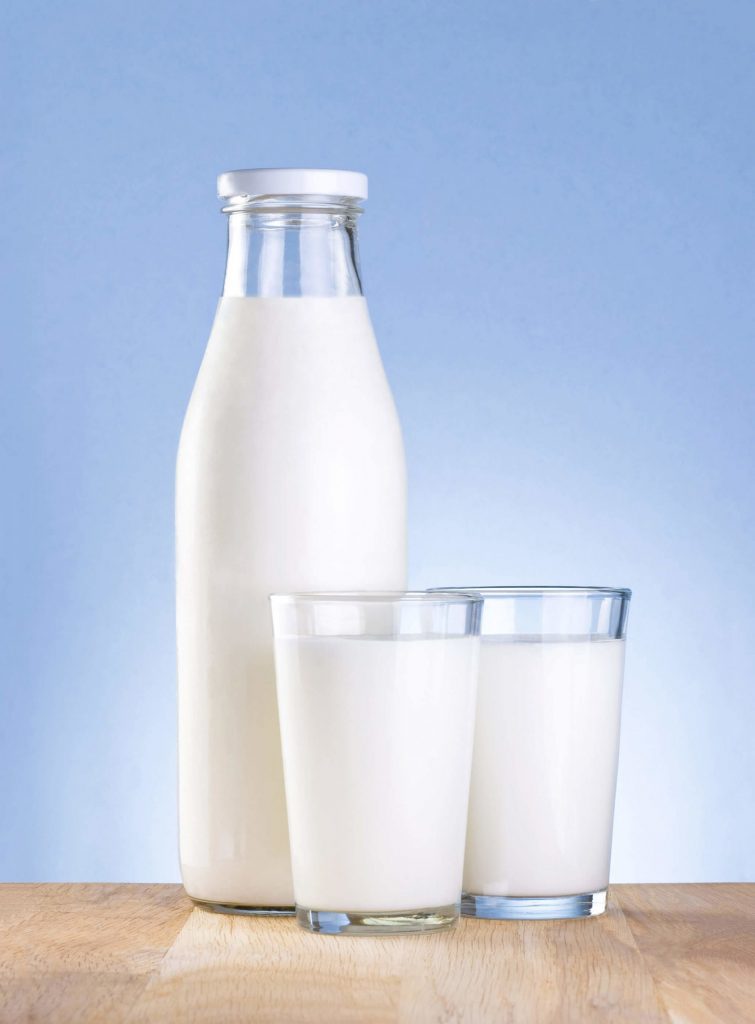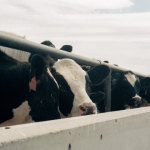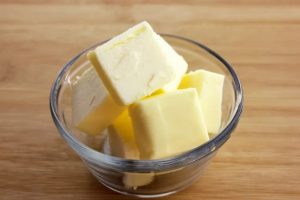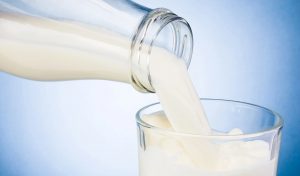
The Agriculture Department announced the April Federal order Class III price at $17.67 per hundredweight (cwt.), up $1.52 from March, $4.60 above March 2020, and the highest Class III since November 2020. That put the four month average at $16.40, up from $15.84 a year ago and $14.71 in 2019.
Friday’s Class III futures settlements portended a May price at $18.82; June, $18.89; July, $19.19; August, $19.32, with the peak at $19.36 in September.
The April Class IV price is $15.42, up $1.24 from March, $4.02 above a year ago, and the highest since February 2020. Its four month average is at $14.14, down from $14.78 in 2020 and $15.69 in 2019.
But, U.S. dairy farmers are feeling the squeeze in spite of rising milk prices. Average feed costs are up more than $5.00 per cwt. compared to a year earlier, according to the April 23 Dairy and Food Market Analyst (DFMA).
“A low-cost dairy farmer that broke-even at $15.00 per cwt milk in 2020 will now need $20.00 to make money,” the DFMA stated. “That means many milk producers, especially those that are buying spot feed and are receiving a milk price that is close to Class IV, are deep in the red.”
A small rise in the All Milk price could not offset the sharply higher feed costs and USDA’s Ag Prices report shows the March milk feed ratio at 1.75, down from 1.78 in February, and 2.24 in March 2020.
The index is based on the current milk price in relationship to feed prices for a dairy ration of 51% corn, 8% soybeans and 41% alfalfa hay. In other words, one pound of milk could only purchase 1.75 pounds of dairy feed of that blend in March.
The US All-Milk price averaged $17.40 per cwt., up 30 cents from February but 50 cents below the March 2020 average.
The national average corn price hit $4.89 per bushel, up 14 cents per bushel from February, which followed a 51 cent rise the month before, and was priced $1.21 per bushel above March 2020.
Soybeans averaged $13.20 per bushel, up 50 cents from February, which followed a $1.80 rise from January. The March soybean price was priced $4.73 per bushel above March 2020.
Alfalfa hay averaged $181 per ton, up $6.00 from February and $9 above a year ago.
Looking at the cow side of the ledger; the March cull price for beef and dairy combined averaged $67.10 per cwt., up $1.50 from February, 40 cents below March 2020, and $4.50 below the 2011 base average of $71.60 per cwt.
On a brighter note; U.S. dairy product exports reached an all-time high in March. The gains were driven by sales to China and Mexico, according to Chicago-based HighGround Dairy, but were also helped by stronger trade with Southeast Asia.
“Most impressive,” says HGD, “was the 52.7 million pounds of additional dairy products moving to China in the month. It was the strongest March on record into China with more than half of the shipments in the form of whey products.”
Dry whey exports totaled 52.7 million pounds, up 37.7% from March 2020, and up 32.8% year to date from 2020.
Nonfat dry milk exports climbed to a new record monthly high, despite the shipping challenges that existed. Nonfat/skim milk powder totaled 190.8 million pounds, up 38.8%, with YTD up 20.3%. Shipments to China grew by 12.3 million pounds and marked the highest monthly volume to China since May 2015, according to HGD, though Mexico remained the top destination and up 29%.
Cheese exports totaled 81.4 million pounds, up 10.7%, and the strongest March on record with volumes reaching nine-month highs. HGD says gains were recorded to Mexico for the first time since last August and cheese exports to Japan were the strongest since June.
Butter shipments totaled 9.2 million pounds, up 170.7%, and up 124% YTD, highest since June 2014. Demand was most notable to Saudi Arabia, says HGD.
Cash cheese prices started May heading lower. The Cheddar blocks crept to $1.8025 per pound Wednesday but closed Friday at $1.7475, down 5.25 cents on the week, though 44.25 cents above a year ago.
The barrels got to $1.8450 Wednesday, highest since Nov. 12, 2020, but closed at $1.7275, 10.75 cents lower on the week, 45.75 cents above a year ago, and a more typical 2 cents below the blocks. 19 cars of block sold on the week at the CME and 12 of barrel.
Midwest cheesemakers tell Dairy Market news that spot milk offers were lighter this week but midweek prices were mostly at sub-Class levels. Cheese output is busy, as flush season is near its peak and cheesemakers are taking advantage of available spot milk discounts before milk yields begin to decline with warming weather. Generally, orders are steady. Food service acquisitions are beginning to level off, but pizza cheese and process producers continue to say loads are moving. Cheese producers are giving mixed notes regarding cheese availability. Some say they are nearly oversold, while others have slowly growing inventories.
Western retail cheese demand was slightly lighter this week and food service demand has been leveling. Inventories of cheese remain mixed; blocks are available but barrels are noted as somewhat firm though some contacts suggest not as tight as in recent weeks. Cheese production continues to be strong, reflecting the abundance of milk in the region. There is some consternation regarding the barrel price continuing to hover over the block price however, cheese producers report market prices are in a somewhat healthy position. An increase in interest from Chinese importers aided in some contacts viewing the market tones with a little more bullishness, as well, says DMN.
Nate Donnay, StoneX Director of Dairy Market Insight, reminds us in his May 6 “Udder Intelligence” that “The Food Box program wraps up this month and the amount of U.S. milk moving through government programs will likely drop from 1.7% in May to 0.5% in June.” Those purchases will have to be made elsewhere.
Butter fell to $1.7350 per pound Wednesday, lowest since Mar. 24, 2021, but rallied to close Friday at $1.77, up 1.75 cents on the week and 48 cents above a year ago. 16 carloads found new homes on the week.
Central butter makers continue to report lackluster retail sales. Food service orders have picked up, but have steadied in recent weeks as pipelines filled up. Cream is tightening, but not tight, says DMN, and availability is reportedly more limited, particularly for churning, as ice cream production seasonally lifts.
Western cream is tightening a bit. Ice cream makers are working through heavy volumes of cream and butter operations are receiving steady supplies to maintain seasonally active production. Inventories are stable. Southwestern contacts relay concern about the cream outlook this summer. Some creameries are working to grow butter inventories to insulate against potential uncertainties later this year. Retail orders are steady to lower. Food service demand appears to be leveling off. Dine-in restrictions continue to relax in many locales, but growing COVID case rates and hospitalizations are leading other areas to maintain or even strengthen restrictions. “These wide-ranging and quickly changing conditions pose a challenge to accurately forecast bulk butter needs,” says DMN.
Grade A nonfat dry milk hit $1.3575 per pound Wednesday, highest since Oct. 17, 2014, but slipped to a Friday close at $1.3235, down 0.25 cents on the week but 49.75 cents above a year ago, with 28 sales reported for the week.
Dry whey closed the week 3.25 cents lower, at 62.75 cents per pound, still 23 cents above a year ago, with 2 sales reported on the week at the CME.

























